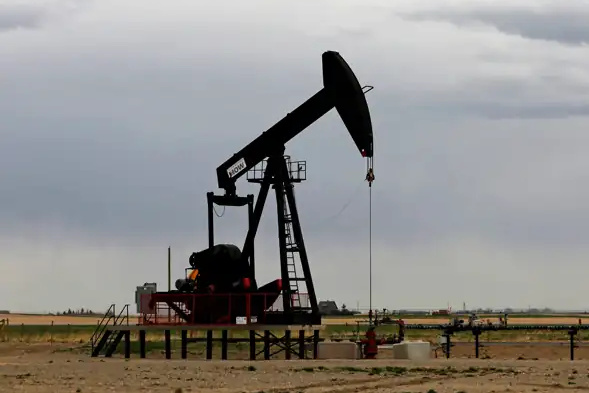(New York) Oil prices fell on Thursday, undermined by a jump in American gasoline and diesel stocks, which questions the market about the state of demand in the United States, even if some call for putting these into perspective. numbers.
The price of a barrel of Brent from the North Sea for delivery in March fell 0.84%, to close at $77.59.
As for the barrel of American West Texas Intermediate (WTI), due in February, it dropped 0.70%, to 72.19 dollars.
Black gold has been moving in the green for a long time, always stimulated by the closure of several fields in Libya and attacks on ships in the Red Sea.
But the trend reversed after the publication of the weekly report from the American Energy Information Administration (EIA), which reported a jump in gasoline reserves, up by 10.9 million of barrels over a week.
Automotive fuel stocks had not been this high at this time in five years.
Furthermore, volumes of refined products delivered to the US market, a figure considered an indicator of domestic demand, plunged 11% during the week ended December 29.
“The above-expected drop in crude inventories [-5.5 million barrels] [3 million] and refinery ramp-up [93.5% capacity utilization] was more than offset by this massive increase in refined products,” commented Kpler’s Matt Smith.
In addition to gasoline, reserves of distilled products, a category which notably includes diesel, increased by 10.1 million barrels.
“The decline in demand makes sense after the pre-holiday boom,” said Matt Smith. “But a rise of this magnitude takes a toll on market psychology. »
Andy Lipow, of Lipow Oil Associates, also put the significance of this data into perspective.
“The EIA measures demand at oil terminals and not at gas stations,” he said. “As a result, if truck drivers took leave, station stocks fell while terminal stocks increased” because they were unable to sell their goods.
For him, this is an accounting anomaly and “[American] demand should rebound in the weeks to come”.
